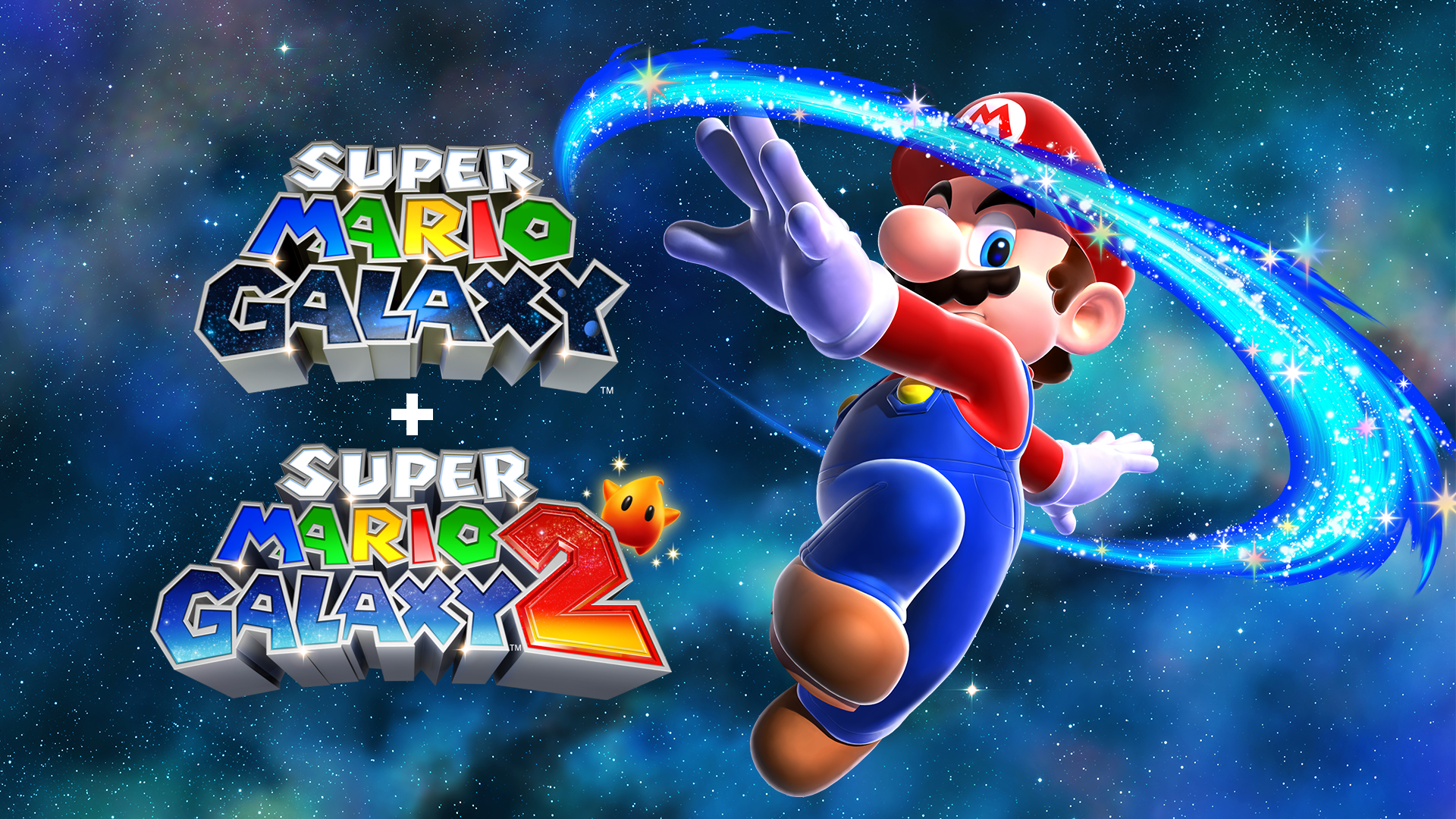If you asked me what the most iconic and influential game of the Wii generation was, I would probably say Wii Sports… but Super Mario Galaxy would be a close second. Ever since Super Mario 3D All-Stars (2020) got a limited-time release for the Super Mario Bros. 35th Anniversary, fans have been clamoring for Super Mario Galaxy 2 to also be brought to Switch, as it was notably emitted from the collection. Fast forward 5 years, as part of the 40th Anniversary celebrations, Nintendo is finally re-releasing the sequel, alongside its predecessor, remastered for Switch and Switch 2. Let’s explore if the once universally-acclaimed duology has held the test of time (and space).
Super Mario Galaxy 1 + 2 is the first Nintendo-published Switch game to be released since Xenoblade Chronicles X: Definitive Edition back in March, prior to the Switch 2 launch. While Switch 2 owners have begrudgingly started to become accustomed to the standard price of first-party games now being £58.99/$69.99 (or more in the case of Mario Kart World), Super Mario Galaxy 1 + 2 also uses the new “variable pricing” method Nintendo has adopted. Each game can be purchased individually from the eShop for £33.99/$39.99 or bundled together for the aforementioned price. That may sound like a deal considering you’re getting two games for the price of one, but when you remember that each game used to be half that price on Wii as part of the Nintendo Selects line, the Star Bits become a bit harder to swallow. Whether or not the upgrades and portability aspect are worth the higher price point will be dependent on your personal preference and financial situation, but considering pre-orders for physical copies have already sold out at multiple retailers, demand for these games goes beyond affordability.
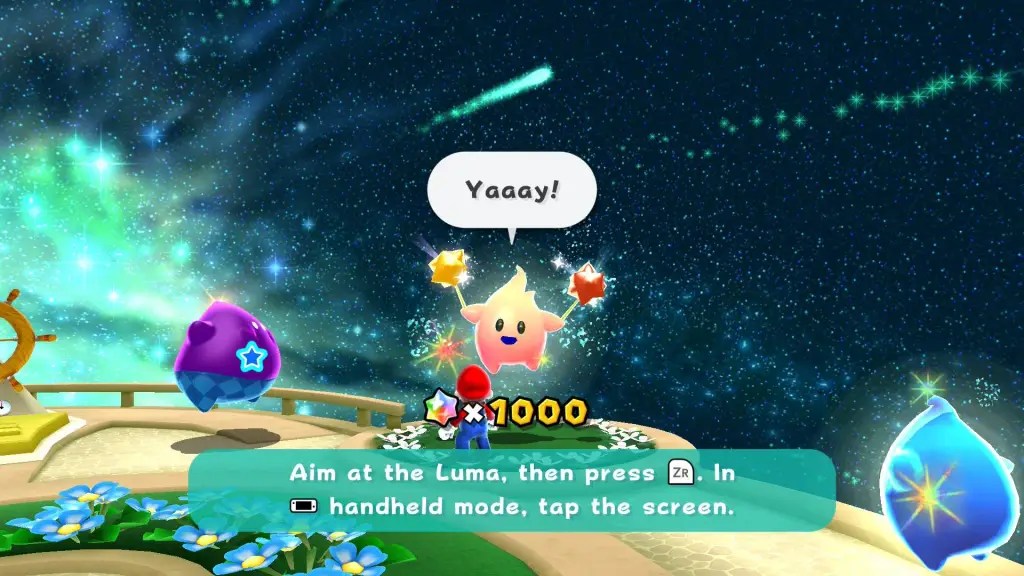
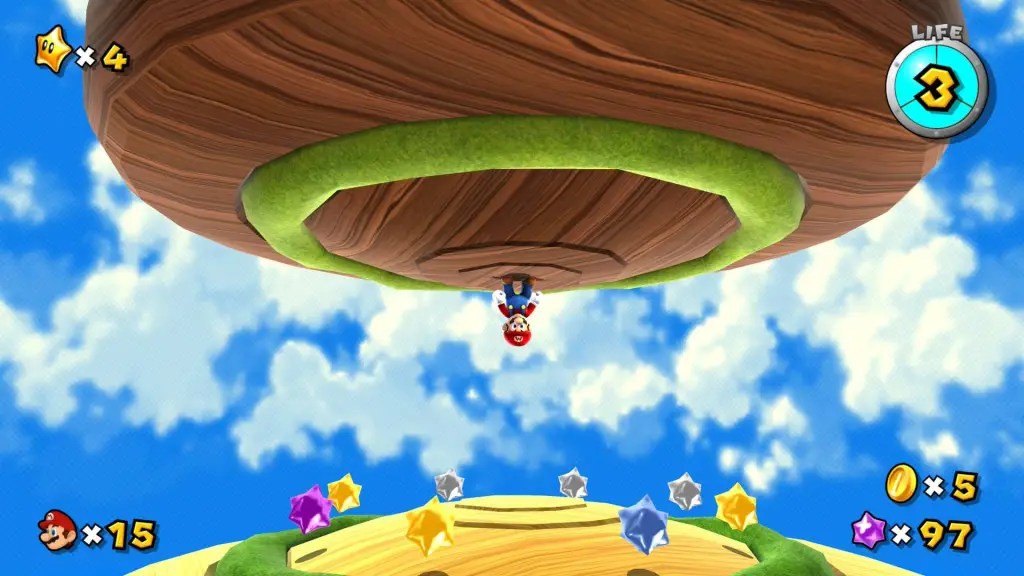
The original Wii versions of Super Mario Galaxy (2007) and Super Mario Galaxy 2 (2010) both share an identical 97/100 score on Metacritic, and for very good reason. Galaxy 1 set the stone for incredible gravity-based 3D platforming, introducing beloved characters that ended up being series mainstays like Rosalina, and then Galaxy 2 took the outer space concept and ran with it, adding Yoshi and introducing more fun new ideas left and right. That’s why the sequel was known as the codename Super Mario Galaxy “More” during development. Those unfamiliar with Super Mario Galaxy 1 and 2 might be surprised to learn that despite being 3D Mario titles, the level design is linear in structure, being more like Super Mario 3D World (but with more camera control) rather than 64, Sunshine, and Odyssey, which are more of an open sandbox. While most levels, known as galaxies, have plenty of space (no pun intended) to explore with multiple missions to complete, and sometimes the order in which galaxies are visited is up to you, the mission is selected beforehand, with the goal of reaching the Power Star at the end. As for the level design itself, it still remains as some of the best in the genre (and I promise it’s not just another case of nostalgia goggles), with the gameplay holding up so well that it’s got me itching for the possibility of a Galaxy 3 in the future.
With games as superb as these, Nintendo knew they needed to put proper care into a re-release, and a serviceable job was done. The only content that has been cut (based on my memory) is the ability to set a Mii as your game file planet icon at the start. As far as new content goes, Super Mario Galaxy 1 + 2 now includes the ability to listen to all the songs from the sensational soundtrack on the title screen (including new tracks), revamped textures for the text and UI and an updated menu (keeping the Wii’s white and blue aesthetic) with newly added options to scan amiibo for bonus power-ups and Star Bits, activate the new Assist Mode which makes the game easier for newcomers, and settings to invert the camera and/or motion controls. A new control scheme was necessary, as the originals heavily relied on the use of the Wii’s IR sensor bar to point at the screen and collect/shoot Star Bits and extend Yoshi’s tongue. The best way to recreate the feel of the classic Wiimote and Nunchuck configuration is by holding one Joy-Con in each hand, pointing the right one forward to aim with the gyroscope and pressing R to recenter it (this will need to be done frequently). This works the same way with a Pro Controller or in handheld mode, but you can also use the touchscreen when using the latter. When playing on Nintendo Switch 2, mouse controls can comfortably be used in Co-Star mode with P2 using a Joy-Con 2, but unfortunately this method can’t be done playing solo.
One of the most significant additions to Super Mario Galaxy is a new chapter in the beautifully written and illustrated Rosalina’s Storybook, a rare case of actual Mario lore that fans, including myself, look back on as one of the most memorable parts of the game. Super Mario Galaxy 2 takes it one step further, adding an entirely brand new storybook. I won’t spoil the contents so you can enjoy reading it for yourself (and due to embargo restrictions), but the new chapter in Galaxy 1 and the new story in Galaxy 2 are worthy follow ups that feel like finding lost pages of an old book that always should have been there.
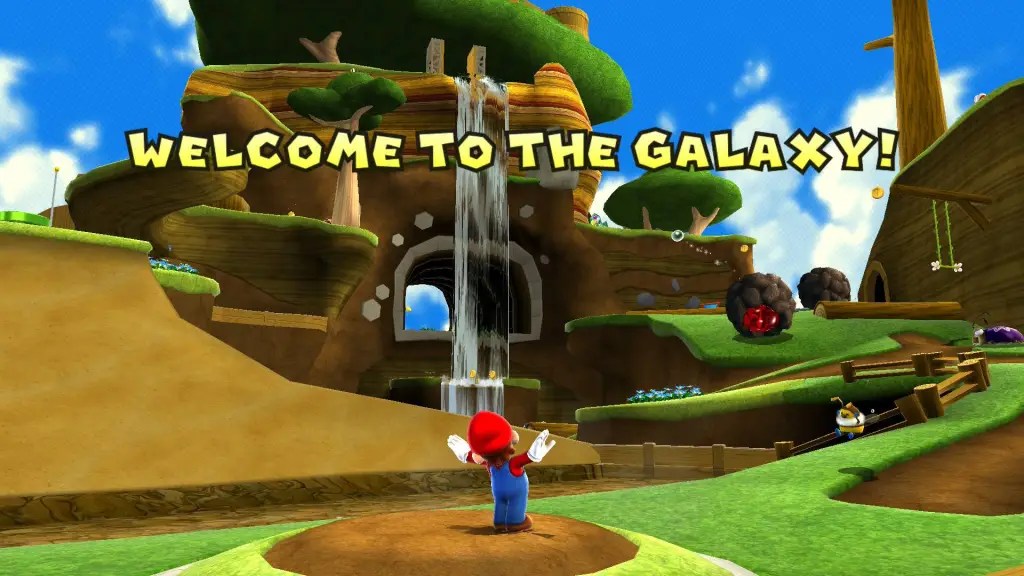
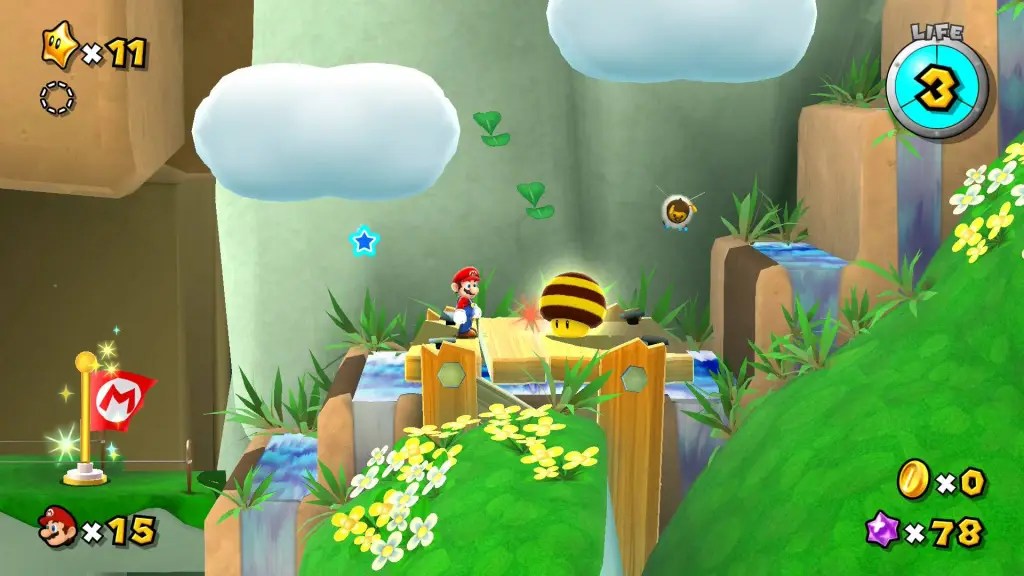
Resolution has gotten a major 1-UP since 2010, as Super Mario Galaxy 1 + 2 runs at 1080p/4K in TV mode and 720p/1080p in handheld mode, depending on if you’re playing on Nintendo Switch or Switch 2 respectively. Despite rumors due to a disclaimer on the official website, neither game is 120fps on Switch 2, with both running at 60fps, consistent with the original Wii release. While we know the system doesn’t support games running at 4K and 120fps at the same time, it would have been nice to see a performance mode option for 1080p/120fps. If the upcoming Metroid Prime 4: Beyond can handle it, I struggle to see why games from three console generations ago can’t. Technical specs aside, Super Mario Galaxy 1 + 2 are still absolutely gorgeous games from beginning to end and now look even better than you remember. I found that the increased resolution can make the lower-poly count of some of the models more apparent, specifically with Toads, but this is more of a charming product of the time rather than an issue, like how some still prefer the design of Mario from Super Mario 64. Besides that, with the updates that have been made, both games could almost pass as modern titles for someone that doesn’t know any better.
Well over a decade later, Super Mario Galaxy 1 and 2 are still two of the greatest 3D platformers of all time, and the Nintendo Switch remasters enhance them even further with an updated UI, higher resolution, and new content, including an assist mode and a fitting continuation of Rosalina’s storybook. I can’t wait for a new generation of gamers to play these legendary intergalactic adventures, and if you haven’t played one (or either) of them, or you just wanna re-experience the magic before The Super Mario Galaxy Movie hits theatres next year, now is the perfect time to do so. Super Mario Galaxy 1 + 2 launches for Switch on 2nd October 2025 along with a free Switch 2 update that includes some of the features mentioned in this review.
9/10
A copy of Super Mario Galaxy 1 + 2 for review purposes was provided by Nintendo UK.
